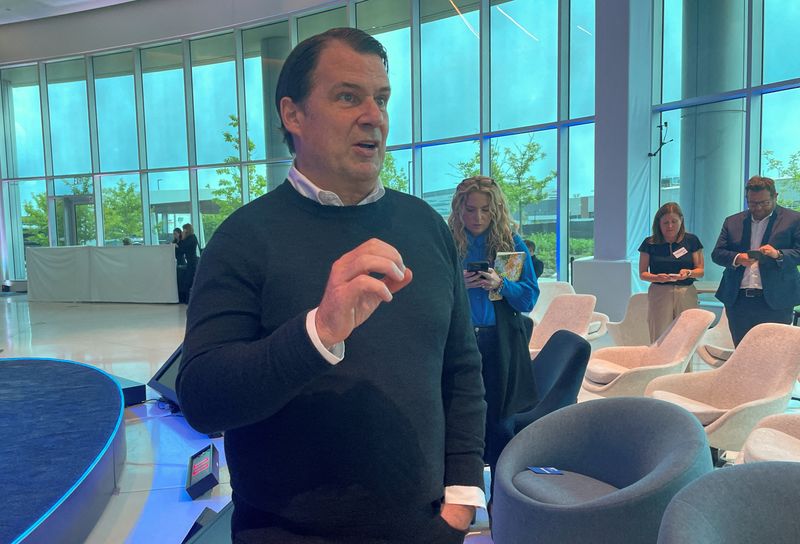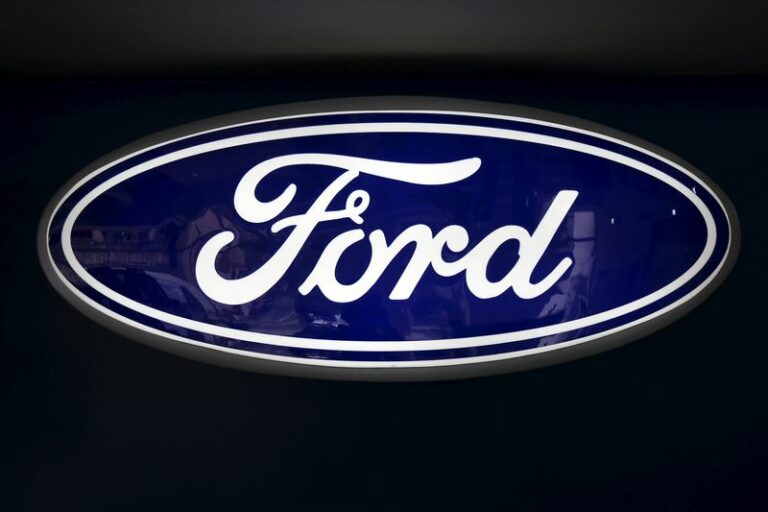
© Reuters. FILE PHOTO: Ford Motor Company’s Chief Executive Jim Farley speaks with analysts at Ford’s Capital Markets Day, Dearborn, Michigan, U.S., May 22, 2023. REUTERS/Joseph White/
By Shivansh Tiwary and Paul Lienert
(Reuters) – Electric vehicles may not reach cost parity with internal combustion engine vehicles until after 2030, Ford Chief Executive Jim Farley said on Wednesday.
Speaking at an investor conference, Farly said EVs will continue to be more expensive than their ICE (NYSE:) counterparts until the second and third generation vehicles go into production after 2025.
Between 2030 and 2035, Farley added, much of the EV cost savings will come from “dramatically lower labor content” because the vehicles will be simpler to build with fewer parts, and will be fitted with smaller batteries that use cheaper materials.
He also predicted lower distribution costs from selling EVs online, as well as higher revenue from new software-driven digital services.
Farley said Ford’s software services business now has 600,000 subscribers, triple the number of a year ago.
That includes 200,000 retail customers paying for the company’s Blue Cruise driver assistance system and 400,000 Ford Pro commercial customers paying for a range of services including fleet management, EV charging, dynamic routing and more.
As the company expands its ability to harvest data from vehicles and drivers, offering insurance could be “a natural for Ford,” he said.
Asked about the potential for industry-wide consolidation over the next five years, Farley instead predicted an “acceleration of cooperation,” citing such deals as Ford’s recent agreement to use Tesla (NASDAQ:)’s supercharger network for its future EVs.
“Cooperation is essential,” he said, especially for companies that may not have the resources to build out a full EV ecosystem.


